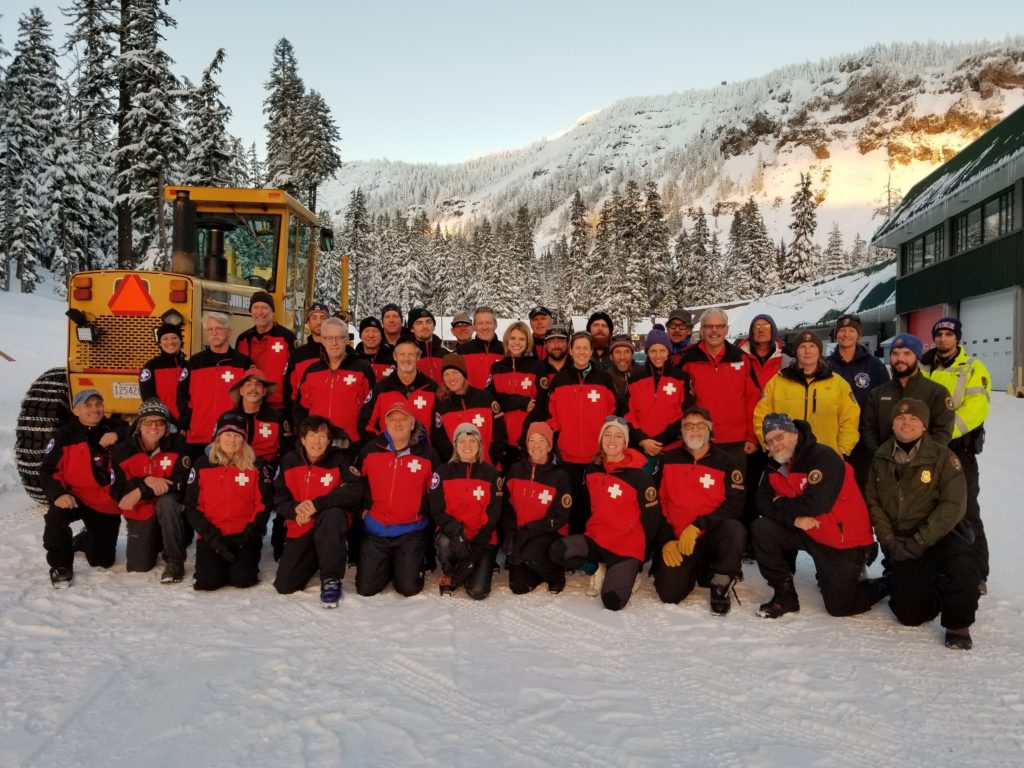
Skiing around Crater Lake
Ski and Snowshoe Trails
The National Park Service has issued this set of guidelines for winter use.
- Sno-Park permits are not required to visit Crater Lake during the winter. Sno-Park permits are required for skiing in the adjacent National Forests.
- Do not ski or snowshoe on plowed roads or parking areas. Please put on your skis or snowshoes only after leaving the roadway.
- No overnight lodging is available in the park during winter and roadside camping is not permitted. Backcountry camping is allowed with a free backcountry permit.
- All backcountry campers must register at a park Visitor Center for a free permit before camping. Campers must ski or snowshoe to their campsite. The following areas are closed to camping:
- Within one mile of any plowed road
- Within one mile of Boundary Springs or Sphagnum Bog
- Within 100 feet of any water source
- Within visibility of any other backcountry campers or ski trails
- Entering the caldera is extremely dangerous and strictly forbidden. Stay well back from the edge of any drop-off. Snow overhangs, called cornices, can fall away without warning.
- You are responsible for your own safety. Our volunteer ski patrol operates only on weekends. Even during patrolled periods, not all trails and possible routes can be canvassed.
- Pets are not allowed on any ski routes.
- Firearms are not permitted anywhere in the park.
- No open fires are permitted during the winter season. This is to protect the exposed vegetation. During the summer, dead and downed wood may be used for campfires; during the winter, however, it is covered by deep snow.
- Camping parties are restricted to no more than eight people per party. Groups larger than eight must break into smaller groups, travelling and camping separately.
Other pages in this section

